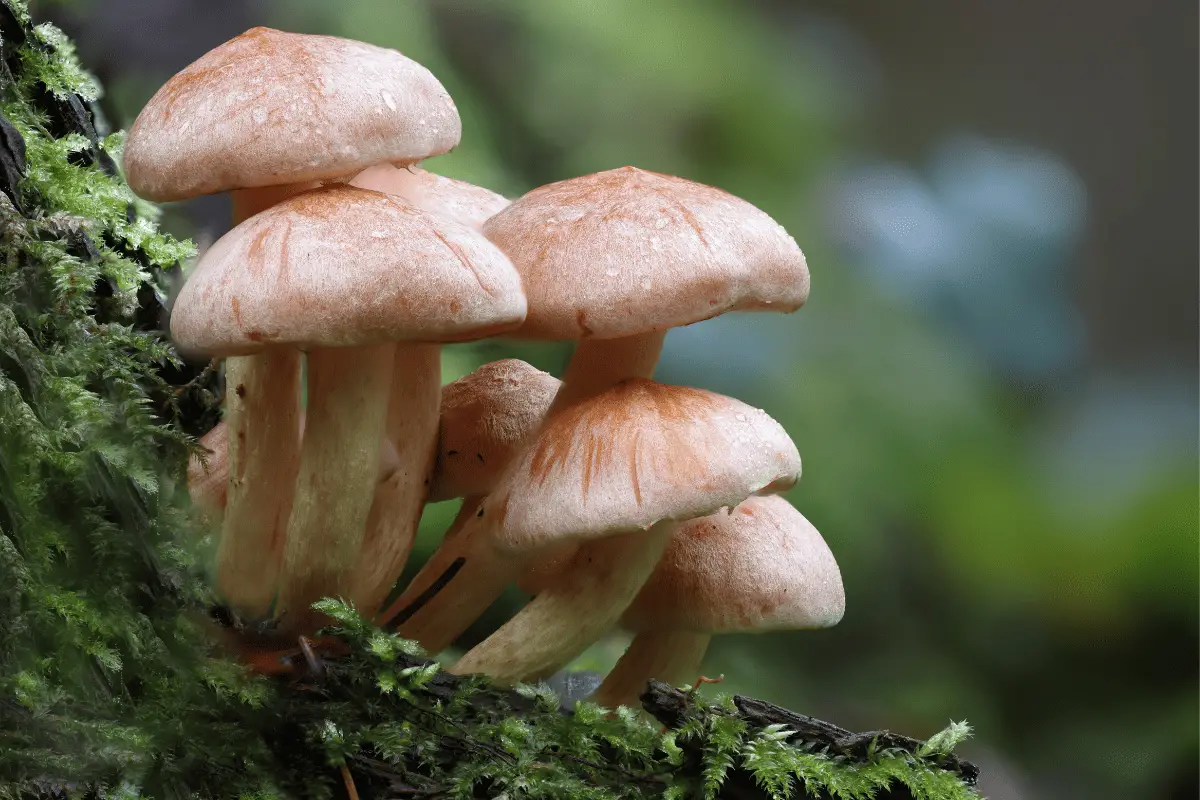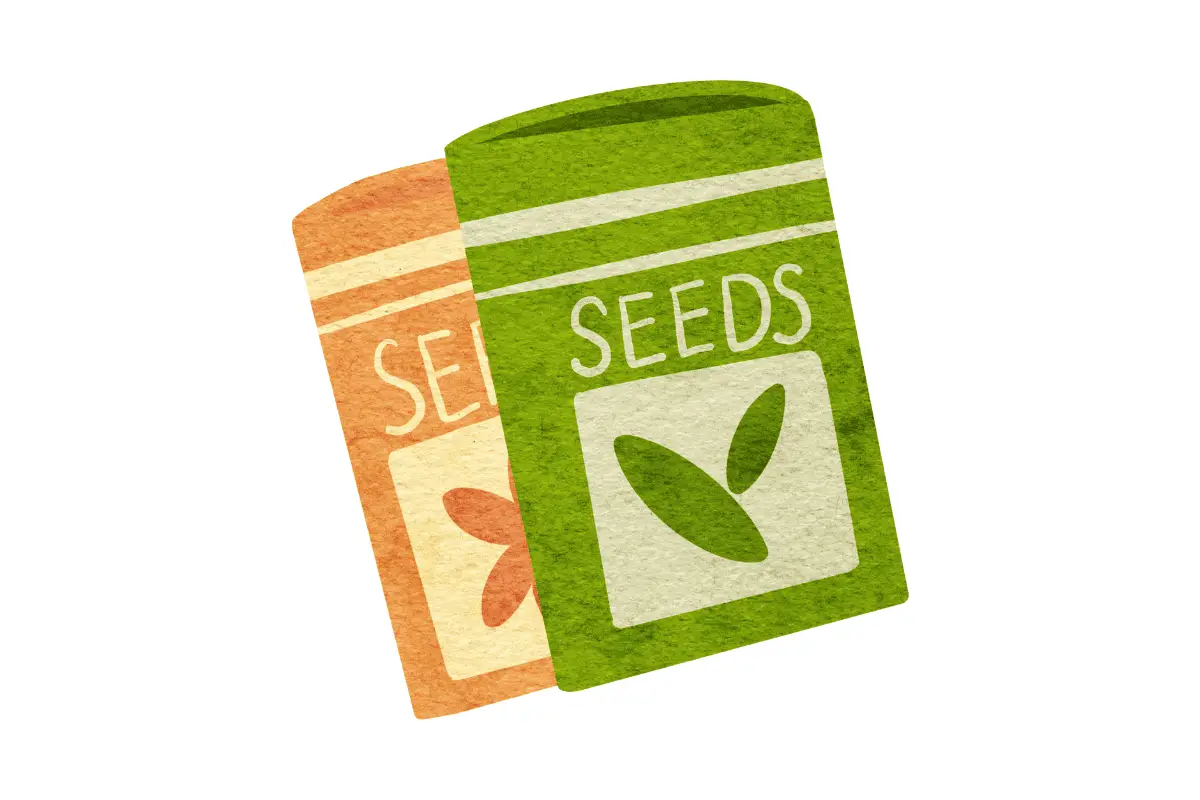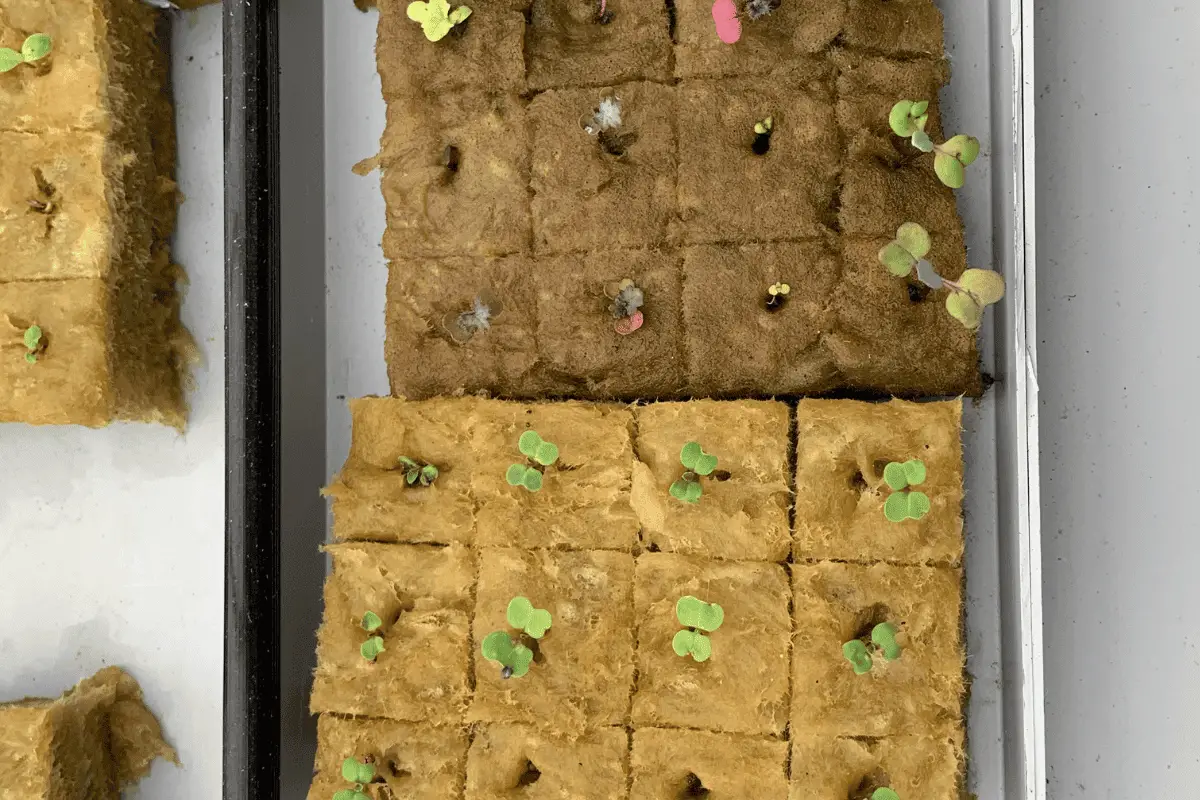If you’re looking for a way to reduce your environmental impact, biodegradable packaging might be the right solution for you.
Biodegradable packaging is made from materials that can break down easily in the environment, without leaving behind any harmful toxins. This makes it a great choice for products like microgreens, which need to be transported in a delicate and safe manner.
In this blog post, we’ll discuss the benefits of biodegradable packaging and some of the best options on the market today.
One of the biggest benefits of biodegradable packaging is that it can help reduce the amount of waste produced each year. In fact, according to a study by Bioplastics World, biodegradable packaging could potentially save up to 91% of the waste currently created by traditional packaging materials.
This would be a huge boon for the environment, as it would help reduce the amount of plastic and other materials that end up in landfills.
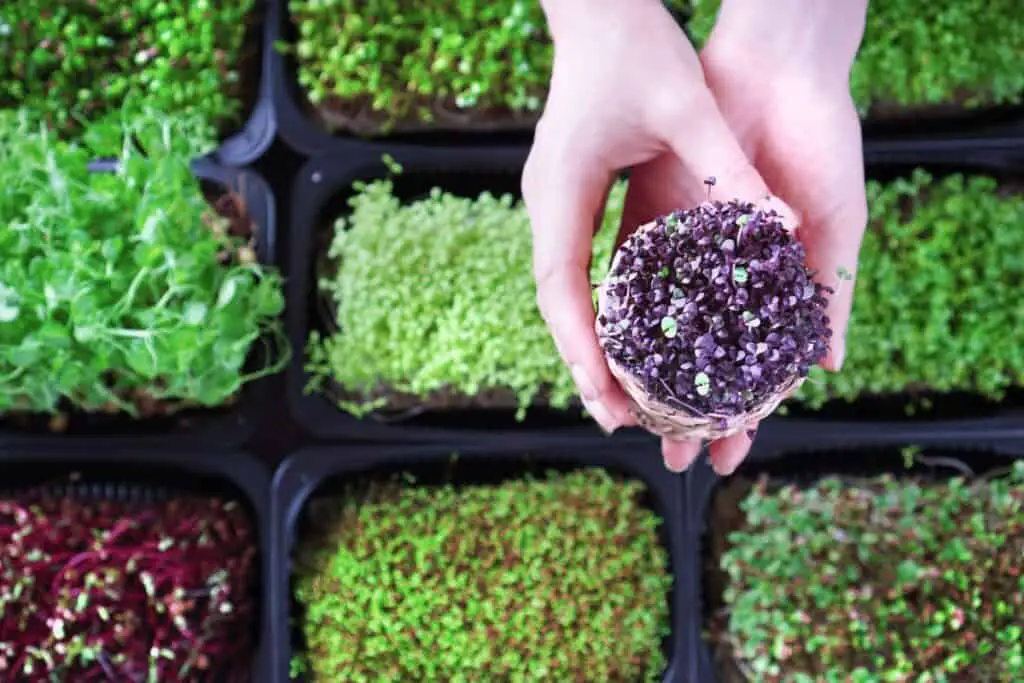
Biodegradable packaging is also a great choice for products that need to be transported in a delicate manner. For example, microgreens are a fragile product and can easily be damaged during transport.
Biodegradable packaging is made from materials like paperboard or compostable plastic, which are designed to break down naturally over time without leaving behind toxins that can harm people or animals.
Biodegradable packaging is also more lightweight than traditional options, so it won’t add unnecessary weight when shipping products across long distances!
Biodegradable packaging is also a great choice for products that need to be transported in a delicate manner. For example, microgreens are a fragile product and can easily be damaged during transport. Biodegradable packaging is made from materials like paperboard or compostable plastic, which are designed to break down naturally over time without leaving behind toxins that can harm people or animals.
Biodegradable packaging is also more lightweight than traditional options, so it won’t add unnecessary weight when shipping products across long distances!
If you’re looking for a way to reduce your environmental impact, biodegradable packaging might be the right solution for you. Biodegradable packaging is made from materials that can break down easily in the environment, without leaving behind any harmful toxins.
This makes it a great choice for products like microgreens, which need to be transported in a delicate and safe manner. In this blog post, we’ll discuss the benefits of biodegradable packaging and some of the best options on the market today.
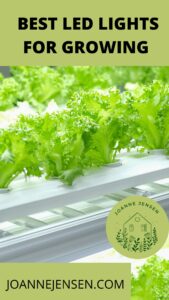
What Do You Package Microgreens In?
I recommend selling microgreens in 2 ounces (60g) quantities packaged in plastic re-closable clamshells, lined paper bakery bags, or poly bags. Packaging is one of the biggest factors in showing your customers how awesome your product is.
Conclusion Biodegradable Packaging for Microgreens
Your plants are important to you, so it’s only natural that you want the best for them. That means finding biodegradable packaging for your microgreens is a must! You can find this type of protective material at many nurseries or even online retailers like Amazon. Once you have some in hand, make sure to package up your greens with care before heading out into this world and making people happy one leaf at a time.
Latest Post
- How to Plant Mushroom Seeds for Maximum Germination
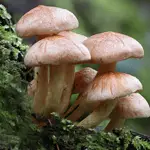
- How to Plant Lettuce Seeds for Maximum Germination
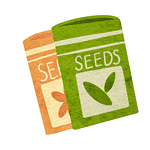
- How to Plant Kale Seeds: A Step-by-Step Guide to Maximum Germination Success!

- How to Plant Eggplant Seeds: A Step-by-Step Guide to Maximum Germination Success!
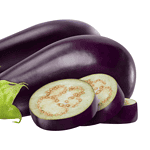
- How to Plant Cucumber Seeds for Maximum Germination
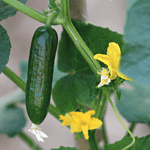
- How to Plant Chili Pepper Seeds for Maximum Germination









